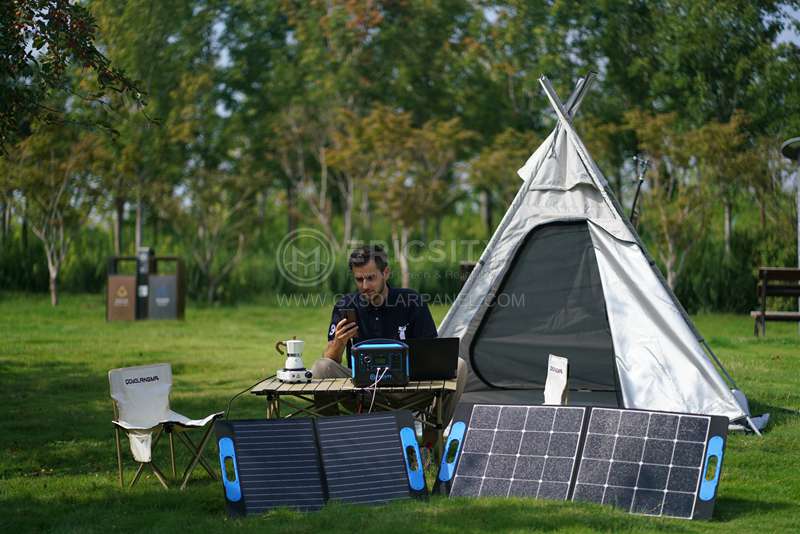HOT PRODUCT
Product Details
Quality And Cost: Understanding Foldable Solar Panel Pricing
Quality And Cost: Understanding Foldable Solar Panel Pricing
Foldable solar panels have gained popularity in recent years as a convenient and portable solution for harnessing renewable energy. These innovative panels offer the benefits of traditional solar panels in a compact and lightweight design that can easily be folded and carried around. However, when it comes to purchasing foldable solar panels, understanding the relationship between quality and cost is crucial. In this article, we will delve into the factors that influence foldable solar panel pricing.
1. Solar Cell Efficiency
Solar cell efficiency plays a significant role in determining the overall quality of a foldable solar panel. Higher efficiency means that the solar cells convert a larger percentage of sunlight into usable energy. This directly affects the price of the panel, as higher efficiency cells are more expensive to produce. Therefore, panels with higher efficiency generally come at a higher cost.


2. Material Quality
The quality of the materials used in the construction of foldable solar panels also affects their price. High-quality materials, such as monocrystalline silicon, tend to be more expensive compared to polycrystalline or thin-film alternatives. Monocrystalline cells offer superior efficiency and durability, making them a popular choice for high-end foldable solar panels.
3. Durability and Weather Resistance
Foldable solar panels are designed to withstand outdoor conditions, including exposure to sunlight, rain, and temperature variations. Panels with better durability and weather resistance tend to be priced higher due to the additional investment required in design and manufacturing processes. High-quality materials, robust frames, and reliable sealing mechanisms all contribute to a panel’s ability to withstand the elements.
4. Power Output
The power output of foldable solar panels is measured in watts, and it determines the amount of electricity the panels can generate. Panels with higher power output are generally priced higher because they can generate more energy in a given amount of time. The power output is determined by factors such as the total area of solar cells, their efficiency, and the overall design of the panel.
5. Brand Reputation
Brand reputation also influences the pricing of foldable solar panels. Established brands that have a history of producing reliable and high-quality solar products tend to charge a premium for their foldable panels. While lesser-known brands may offer products at a lower price point, the lack of proven track record and customer reviews can make them a riskier investment.
6. Additional Features and Accessories
Some foldable solar panels come with additional features and accessories that enhance their usability and convenience. These may include built-in charge controllers, USB ports, integrated battery packs, or folding mechanisms that allow for optimal sunlight exposure. Panels with such features are more expensive, as the extra functionality adds to the overall manufacturing and design costs.
7. Market Demand and Competition
The overall demand for foldable solar panels and the competitiveness of the market also play a role in determining their pricing. Higher demand and limited supply can lead to higher prices, especially for premium-quality panels. Conversely, increased competition among manufacturers can drive prices down as they vie for market share.
Understanding the relationship between quality and cost when it comes to foldable solar panels is essential to make an informed purchasing decision. While higher-priced panels may offer better efficiency, durability, and additional features, it’s important to assess one’s specific needs and budget to find the right balance. By considering these factors and conducting thorough research, consumers can ensure that they get the best value for their investment in foldable solar panels.




